Modern automobiles must have the Anti-lock Braking System (ABS), which helps keep the wheels from locking up while applying rapid or emergency braking. One of the system’s essential components, ABS sensors, are in charge of determining each wheel’s speed and relaying that information to the ABS control module. A vehicle normally has four ABS sensors, one at each wheel. Each ABS sensor generates a small electrical signal transmitted to the ABS control module. The rotational speed of each wheel is then determined using this signal, and any rapid changes that would suggest a lock-up are detected.
Quick Symptoms:
- The ABS warning light on the dashboard may flicker or stay on.
- The speedometer may behave erratically or not work at all.
- The brakes may lock up during braking, reducing control.
- The traction control system may not function correctly.
- A grinding or clicking noise may be heard from the wheel area.
- Visually inspect sensors for damage or debris.
Quick Solutions:
- Check each ABS sensor for physical damage or debris.
- Jack up the vehicle, spin each wheel and listen for grinding noises indicating a faulty sensor.
- Disconnect each sensor and use a multimeter to check for resistance and continuity.
- Pay attention to ABS light behavior and any specific wheel showing braking issues.
- Compare readings between sensors to identify inconsistencies.
The ins and outs of the ABS system
Normally, the wheel hub and the wheel bearing assembly are where you’ll find the ABS sensors. They come in the Hall effect and magnetoresistive varieties. Magnetoresistive sensors detect changes in speed using changes in magnetic resistance, whereas Hall effect sensors measure changes in a magnetic field. The ABS control module uses information from the ABS sensors to regulate the braking system and ensure that the wheels keep turning during emergency braking, enabling the driver to control the car. It’s crucial to comprehend the function of ABS sensors to diagnose and fix any ABS problems.
Common symptoms of a bad ABS sensor
Many symptoms brought on by a bad ABS sensor might adversely affect how well your car’s braking system works. Some of the most common indications of a damaged ABS sensor are listed here,
The warning light for the ABS is on
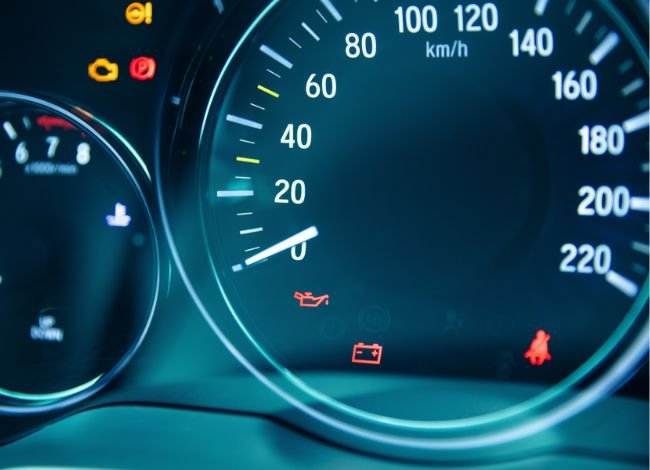
The ABS warning light on the dashboard is one of the most visible signs of an ABS sensor. The warning light may turn on if the sensor is not operating properly. Certain vehicles’ TCS warning lights can also turn on due to a malfunctioning ABS sensor. This is so that the TCS system, which depends on data from the ABS sensors to operate effectively, can do so.
Brake pedal major pulsation
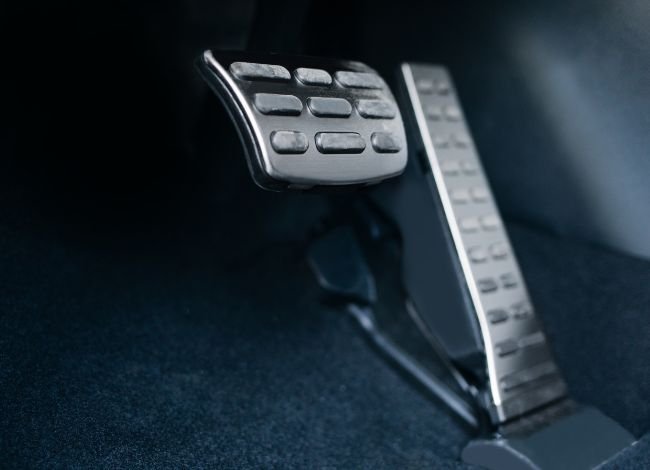
When you press the brake pedal, an erroneous ABS sensor may cause the brake pedal to pulse or vibrate. The brake pedal may have a sharp pulsing feeling as a result. A faulty ABS sensor may also be the source of this issue. The brake pads on one wheel may wear out more quickly than the others if it is not applying the proper amount of braking pressure on that wheel. Your car’s overall braking performance may suffer due to defective ABS sensors. This is because the ABS system might need precise sensor data to work properly.
The ABS wrongly collaborates with the system
When it shouldn’t, such as during routine driving or when lightly depressing the brake pedal. An erroneous ABS sensor can cause the ABS to activate. If an ABS sensor is defective, the ABS system may also fail to activate when it ought to, such as during strong braking or when driving on slick surfaces.
The vehicle smashes to one side during braking
The car may pull to one side while braking if one of the ABS sensors is providing the ABS control module with inaccurate data. Also, when braking, a malfunctioning ABS sensor can produce a grinding sound. This can be because the brakes are not disengaging fully, which leads to more friction and wear on the brake pads and rotors. The speedometer may occasionally experience problems due to a bad ABS sensor.
Guide to identifying which ABS sensor is faulty without a scanner
Identifying a broken ABS sensor can be more difficult without a scanner, but it is still doable with a few simple pieces of equipment and certain troubleshooting techniques. Here we provide a detailed guideline on determining which ABS sensor is defective without a scanner.
Step-1: Check ABS CEL
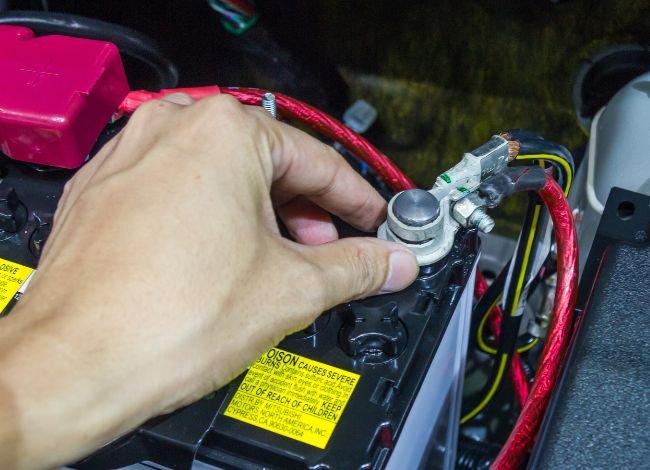
Check the dashboard’s ABS warning light first at the very first stage. If the light is on, there may be an issue with one or more ABS sensors. Make sure the brake pedal pulses. The ABS sensor may malfunction if you see pulsing in the brake pedal. Look for indications of uneven wear on the brake pads and rotors.
Step-2: Use a Multimeter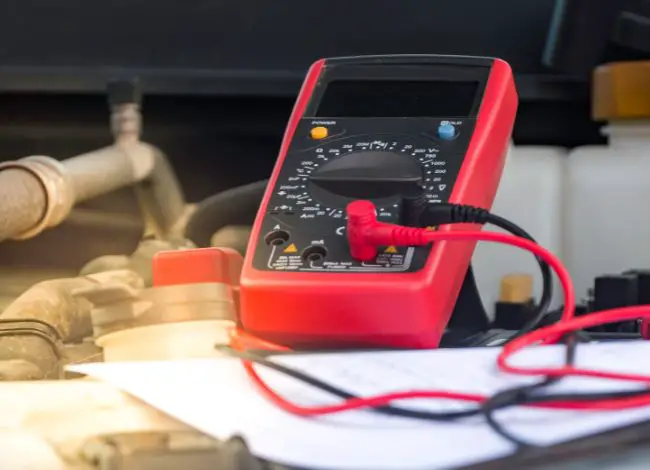
Test the car and pay attention to any strange sensations or sounds when braking. Check the resistance of each ABS sensor using a multimeter. In order to achieve this, unplug the electrical connector from each sensor, then use a multimeter to gauge the resistance between the two terminals. If any of the sensors are out of range, check the readings against the manufacturer’s recommendations.
Step-3: Check the ABS sensor’s wiring
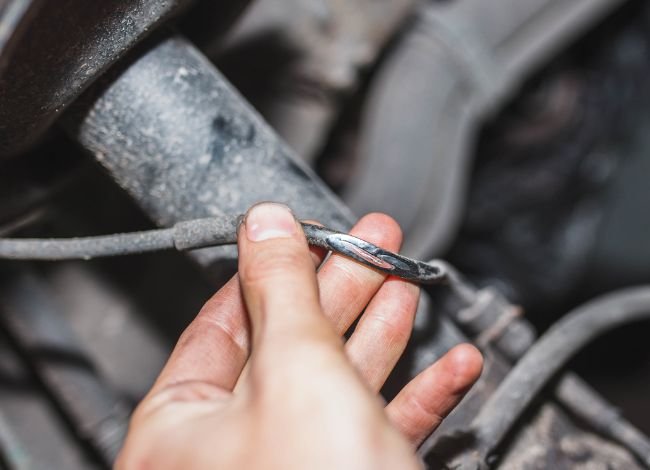
Check for corrosion or damage on each ABS sensor’s wiring harness. The sensor may not function properly if a wire is broken or rusted. Finally, examine the ABS sensors visually. The brake pads on one wheel may wear out more quickly than the others if that wheel does not receive the proper braking power.
Step-4: Identify if there is a crack or rust
Keep an eye out for any physical harm or wear symptoms, such as cracks, chips, or rust. A bad ABS sensor must be replaced after being located. You need to make sure the ABS is operating properly. It is advised to replace all four sensors at once. If you feel uneasy carrying out these actions by yourself. By following these steps, you can easily find the faults with the ABS sensor without the help of a scanning device.
Conclusion
The ABS warning light turning on, the brake pedal pulsating, and uneven brake wear are just a few signs that an ABS sensor is malfunctioning. Without a scanner, you can determine which ABS sensor is malfunctioning if you have reason to believe it is one of them. You can use simple tools and troubleshooting techniques to identify which sensor needs to be replaced by following the procedures indicated in this article.
It is crucial to note that determining the cause of a bad ABS sensor without a scanner can take some effort and technical expertise. It is best to have your car inspected by a competent mechanic if you are uncomfortable conducting these tasks yourself to guarantee appropriate diagnosis and repair.
ABS-Related Trouble Codes: C0161, C0245, and C0267
Kevin Nicholas is an automotive technician who is a genius at software and hardware-related issues. He manually tested more than a hundred OBD scanners and gave his honest opinion on whether the device was worth the money or not. His in-depth OBD review articles help people choose the right product, whether it is a European, American, or Asian vehicle. He completed his Automotive Specialized Training Course at Universal Technical Institute and has more than 15 years of experience in the field.
Summary of Contents
